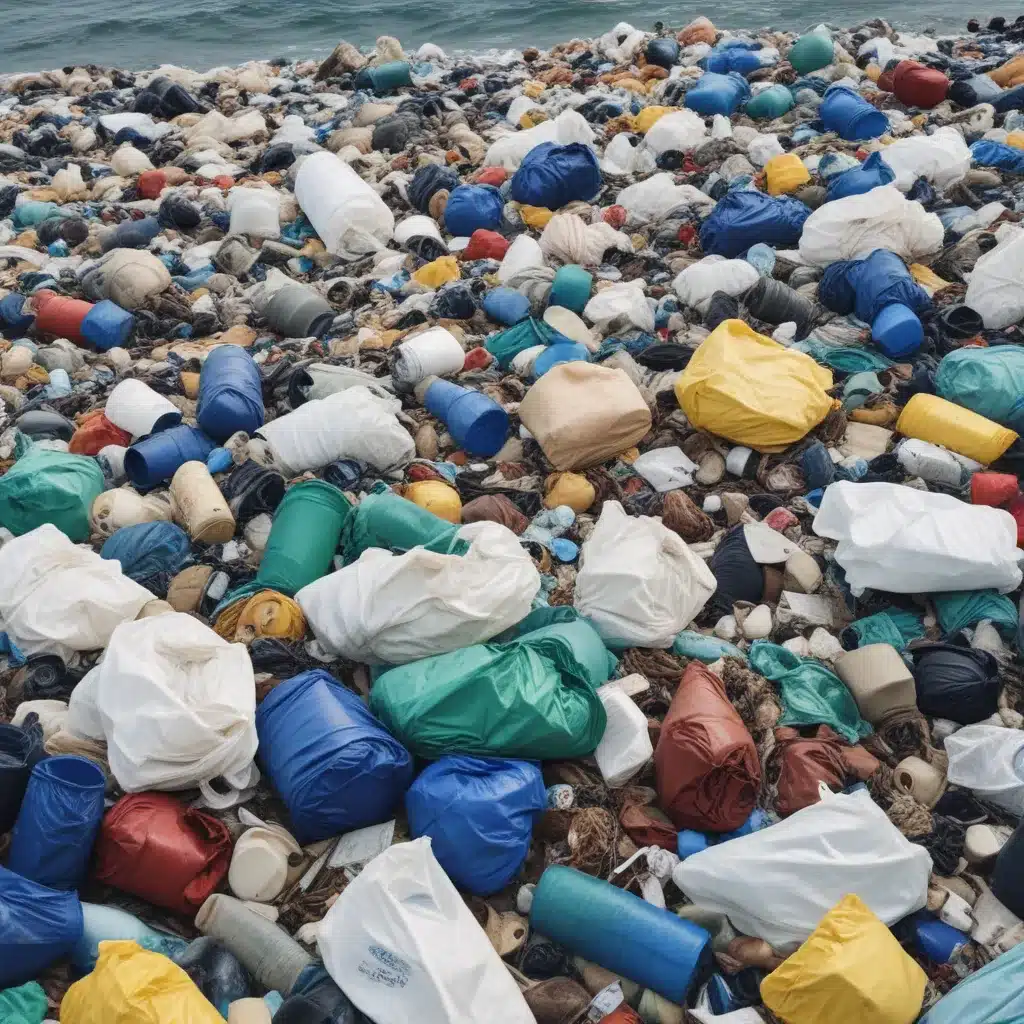
Addressing the Global Challenge of Plastic Waste
Plastic pollution has become a pressing environmental crisis, threatening marine ecosystems, harming wildlife, and disrupting economies worldwide. As global plastic production continues to rise, the oceans have become the final destination for an alarming amount of mismanaged waste. To combat this growing threat, innovative solutions are needed that integrate waste collection, recycling, and upcycling efforts across all sectors of society.
This comprehensive article explores the latest strategies and best practices for tackling marine plastic pollution through a multi-pronged approach. Drawing insights from leading research and real-world case studies, we will examine how improvements in production, consumption, and waste management can create a more sustainable lifecycle for plastics and prevent further environmental degradation.
Optimizing Plastic Production and Design
At the production stage, there are several avenues for minimizing plastic waste and improving environmental impact. One key strategy is to prioritize eco-design principles that reduce the overall amount of plastic used, increase recyclability, and extend product lifespans.
Reducing Plastic Consumption
Manufacturers can significantly lower their plastic footprint by designing products that use alternative, renewable, or recycled materials. This could involve substituting plastic with glass, paper, or biodegradable bioplastics for certain applications. Additionally, thoughtful design choices like making bottle caps inseparable from the container can improve proper disposal and recycling rates.
Enhancing Recyclability
Improving the recyclability of plastic products is another crucial step. This includes limiting the number of polymer types, additives, and material combinations used, as complex plastic compositions severely hinder the recycling process. By simplifying product designs, manufacturers can ensure that materials can be more easily identified, sorted, and reprocessed.
Incentivizing Recycled Content
To drive demand for recycled plastics, governments and industry leaders can implement policies that mandate the incorporation of a minimum percentage of recycled content in new products. This not only reduces the reliance on virgin plastic but also creates a reliable market for recycled materials. Complementary economic incentives, such as tax breaks or subsidies, can further encourage the use of recycled plastics.
Regulating Problematic Plastics
Certain plastic types, such as polystyrene, polycarbonate, and polyvinyl chloride, have been identified as particularly harmful due to their toxicity and limited recyclability. Reclassifying these as hazardous materials and restricting their use can compel industries to seek safer, more sustainable alternatives.
Shifting Consumer Behavior and Awareness
While improvements in production are essential, shifting consumer mindsets and behaviors is equally crucial in reducing plastic pollution. Engaging the public through education and awareness campaigns can empower individuals to make more eco-conscious choices.
Raising Awareness through Media
The growing public interest in plastic pollution, particularly microplastics, has been driven in large part by impactful media coverage. High-profile documentaries, news reports, and social media campaigns have successfully captured the attention of global audiences and sparked widespread concern. Leveraging these powerful communication platforms can further amplify the message and inspire behavioral change.
Incorporating Plastic Education in Schools
Integrating plastic pollution education into school curricula is a long-term strategy for cultivating environmentally responsible citizens. By teaching students about the origins, impacts, and solutions to this crisis from a young age, we can cultivate a generation that is equipped to make informed decisions and advocate for systemic change.
Empowering Citizen Science and Cleanup Efforts
Community-led beach cleanups and citizen science initiatives not only contribute to the physical removal of plastic waste but also foster a deeper understanding and personal investment in the issue. These hands-on activities can complement educational efforts, helping individuals recognize their role in the solution and feel empowered to take action.
Nudging Consumers through Incentives and Regulations
Governments and businesses can also leverage a combination of economic incentives and regulatory measures to influence consumer behavior. Strategies like imposing fees on single-use plastic bags or banning certain non-essential plastic items can discourage wasteful consumption, while deposit-refund schemes and buy-back programs can encourage proper disposal and recycling.
Improving Integrated Waste Management Systems
Ultimately, the effective collection, sorting, and processing of plastic waste is crucial for preventing further pollution. Implementing comprehensive Integrated Waste Management (IWM) systems is key to channeling plastic materials back into the circular economy.
Strengthening Waste Collection Infrastructure
Improving waste collection systems, whether through door-to-door pickup, curbside collection, or centralized drop-off locations, is a fundamental step in keeping plastics out of the environment. Strategies like “pay-as-you-throw” incentives and smart waste containers can further encourage proper disposal and source separation.
Advancing Recycling Capabilities
Enhancing recycling infrastructure and processes is essential for transforming plastic waste into a valuable resource. This includes optimizing collection, sorting, and cleaning techniques to produce high-quality recycled materials. Innovative applications, such as incorporating shredded plastics into asphalt or construction materials, can also expand the market for recycled plastics.
Exploring Upcycling and Waste-to-Energy
For plastic waste that cannot be efficiently recycled, advanced recovery techniques offer alternative solutions. Upcycling processes can transform mixed or contaminated plastics into higher-value products, such as construction materials or carbon-based chemicals. Waste-to-energy conversion through pyrolysis or gasification can also recover the embodied energy in plastic waste, providing a sustainable energy source while diverting materials from landfills or the natural environment.
Promoting International Cooperation
Given the global nature of plastic pollution, international collaboration is crucial for implementing effective waste management strategies. Strengthening cross-border cooperation, technology transfer, and financial support can empower developing nations to build the necessary infrastructure and systems to contain plastic waste within their borders.
Embracing the Circular Economy
By integrating these innovative approaches throughout the plastic lifecycle, we can work towards a truly circular economy where waste is minimized, and resources are continuously cycled back into productive use. This holistic strategy, combining improvements in production, consumption, and waste management, holds the key to tackling the marine plastic crisis and safeguarding our environment for generations to come.
To learn more about the Joint Action for Water initiative and explore additional resources on sustainable water and sanitation solutions, visit https://jointactionforwater.org/.

